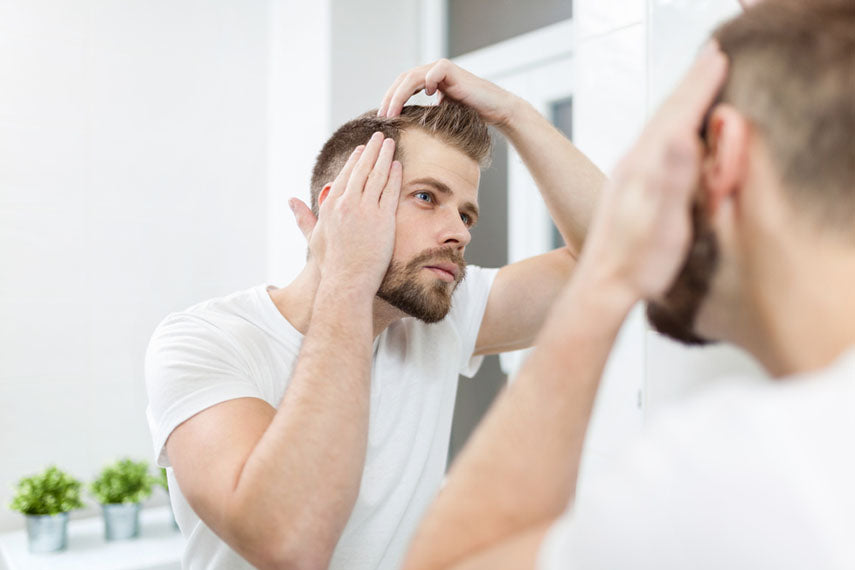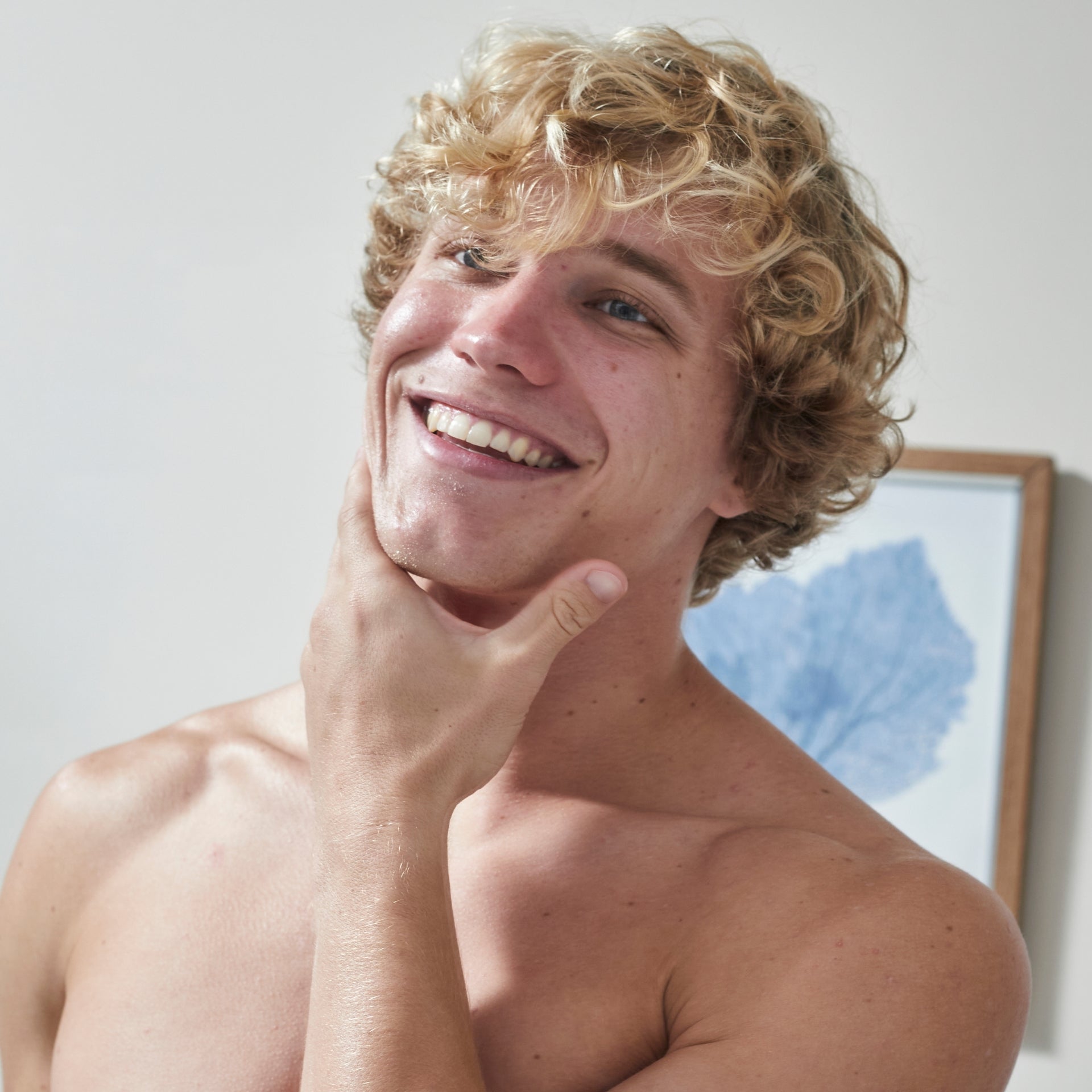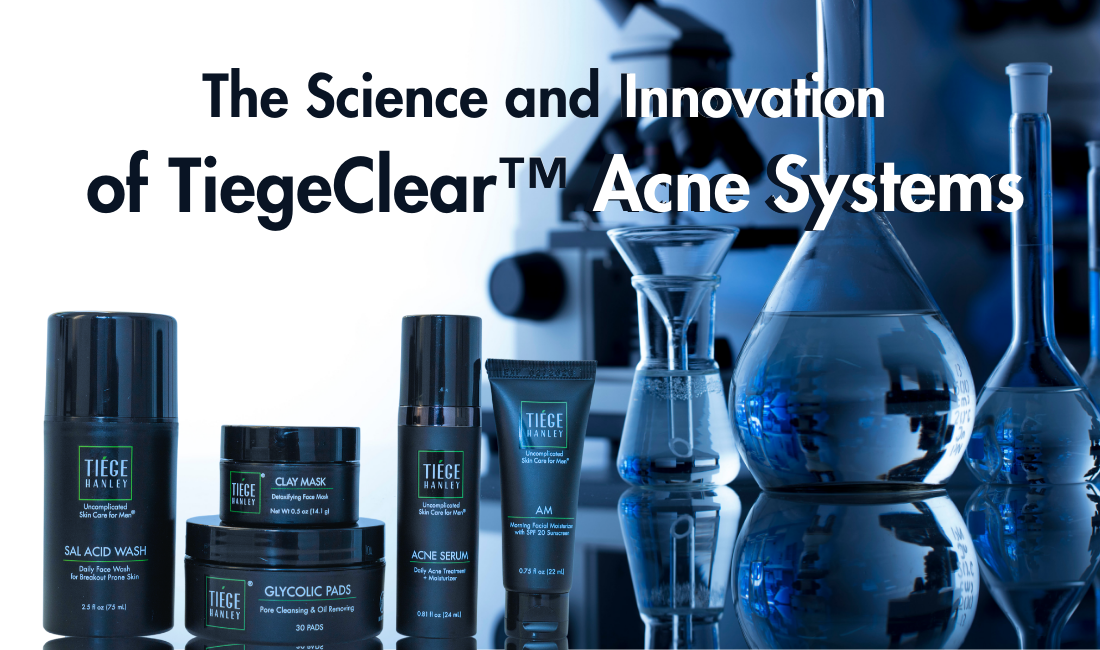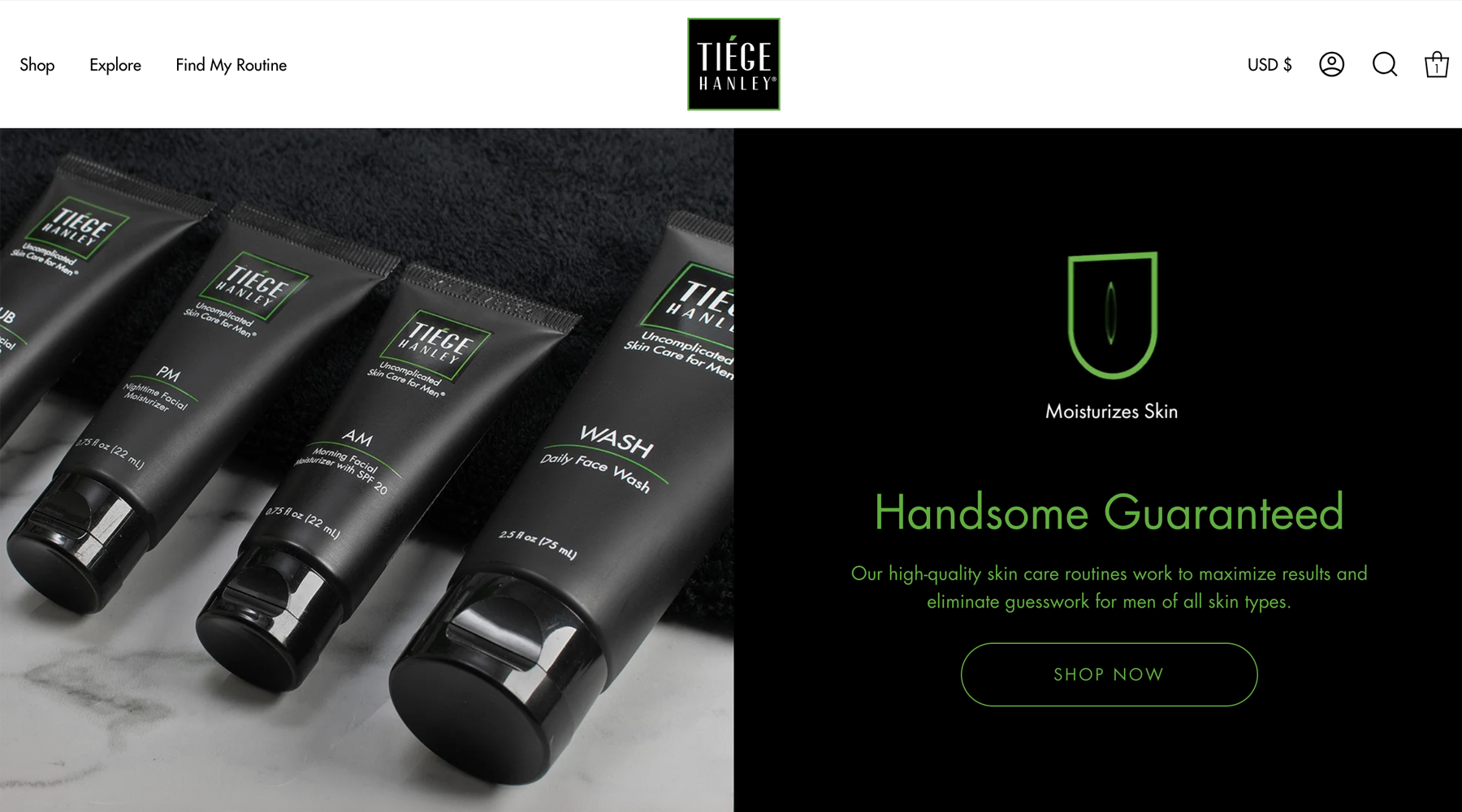If you’ve ever had a pimple on your scalp, you know how painful it can be. While the scalp may seem like a strange place for acne to appear, pimples on the head and near the hairline are more common than you might think.
The top of your head is full of hair follicles that can get clogged and cause acne breakouts, just like the skin on your face. Your scalp also contains a staggering amount of oil glands and has more of them than anywhere else on the body. It makes sense that the occasional pimple would appear on your scalp. But what causes them specifically, and how should you treat them?
Here are three things you should know about pimples on the scalp:
- Scalp acne is less likely to be influenced by hormonal factors and is more often caused by hair products or the buildup of dirt, sweat and oil.
- If your scalp pimples are accompanied by burning or itchiness, you may have a different scalp condition.
- If scalp pimples persist after over-the-counter treatments, see a doctor for a prescription treatment.
Causes of Scalp Pimples
There are certain parts of our body where we’re more likely to get acne, such as around the mouth or on the cheeks. While these areas are often linked to hormonal acne, your scalp is different.
While hormones can play a role in scalp pimples, acne on the scalp is more often associated with lifestyle choices. Here are just a few sneaky causes of pimples on the scalp:
GOT ACNE?Hair Products—Hair gel and pomade are both sneaky causes of acne on the scalp and forehead. The good news is that this type of acne, also known as pomade acne, is easy to fix. Simply switch your hair gel for one that contains noncomedogenic (non-pore clogging) oils, such as Kukui Nut Oil.

Headwear—Do you frequently wear hats or a helmet? If so, you could be dealing with a type of acne called acne mechanica. Caused by heat, friction and pressure, acne mechanica often appears on the forehead, hairline and scalp.
Not Washing Your Hair Enough—If you go too long between hair washes, the oils and buildup from other hair products can clog pores and cause breakouts. Try washing your hair more often and switch to an anti-microbial shampoo.
Symptoms of Pimples on Scalp
Pimples on the scalp are easily identifiable and look just like any other type of acne. They can range from mild blackheads and whiteheads to severe, cystic acne that is deeply embedded into the skin.
Some may experience a burning or itching sensation. In this case, you may not have scalp acne, but possibly scalp folliculitis or seborrheic dermatitis, both of which can cause the scalp to become red and itchy.

You can blame hyperactive oil glands on your head for these scalp conditions. According to a 2005 study published in the Journal of Investigative Dermatology, an itchy and flaking scalp has a strong association with oil gland activity (see claim: “Most common scalp flaking disorders show a strong correlation with sebaceous gland (SG) activity.”)
Take the skin care quiz
Final Thoughts
If the pimples on your scalp don’t go away within a few weeks of using over-the-counter treatments, it may be time to see a dermatologist for your scalp acne. A dermatologist may give you a cortisone shot to eliminate stubborn pimples on the scalp or treat your skin condition with antibiotics.








